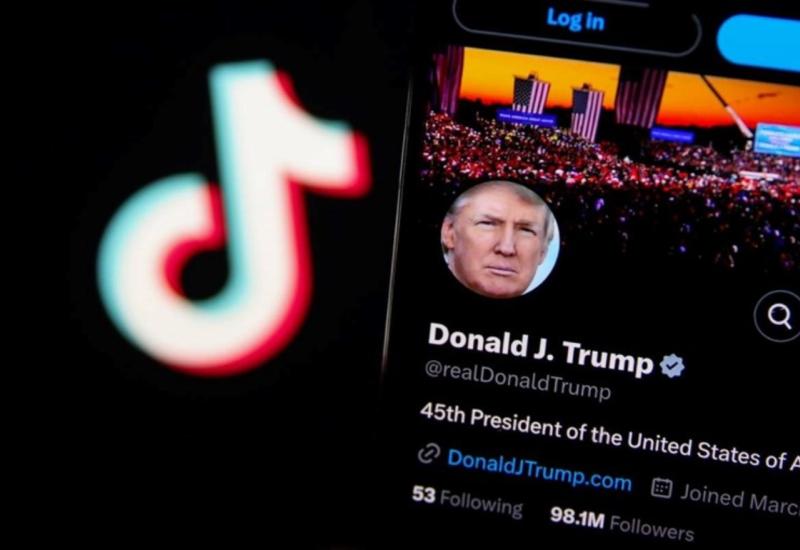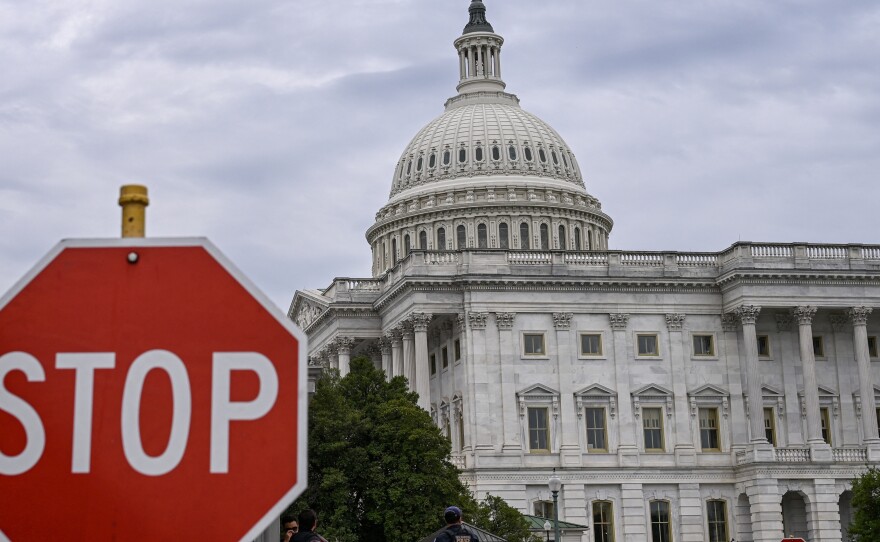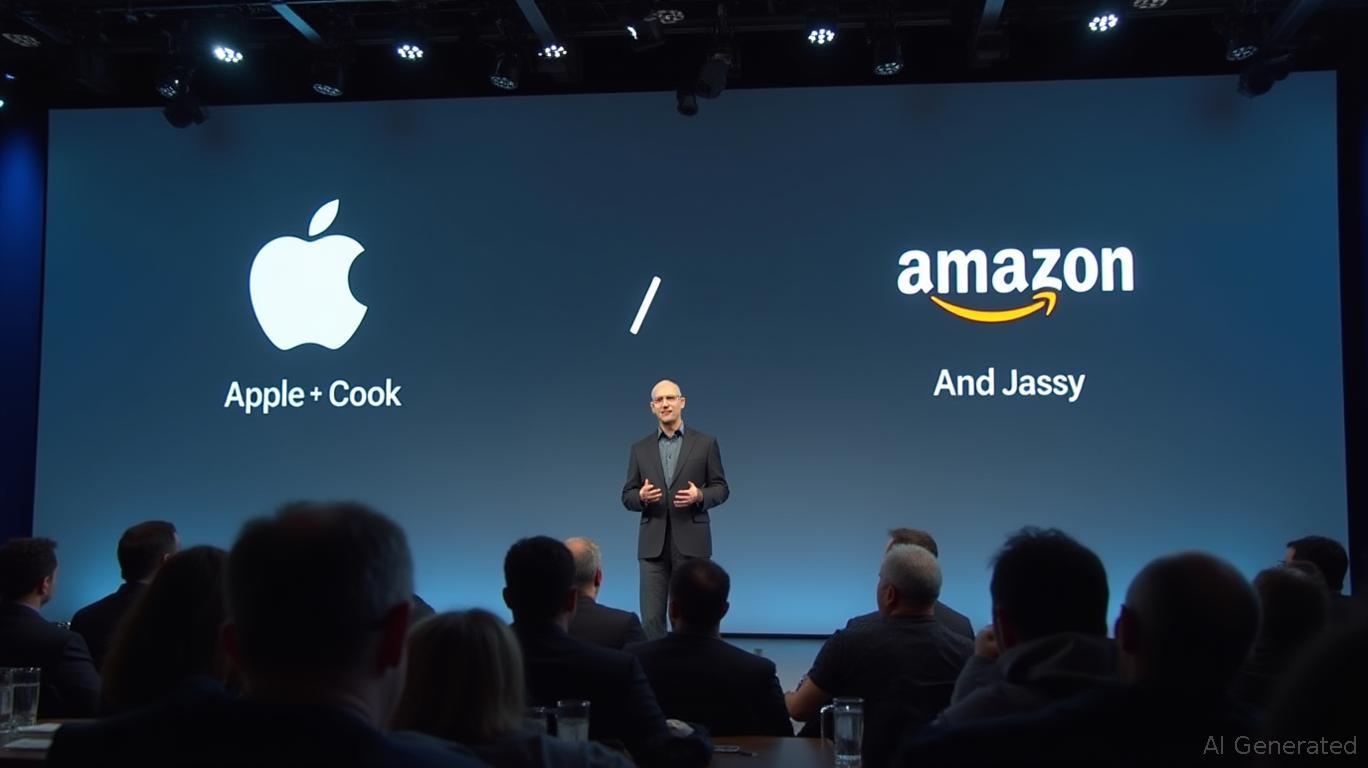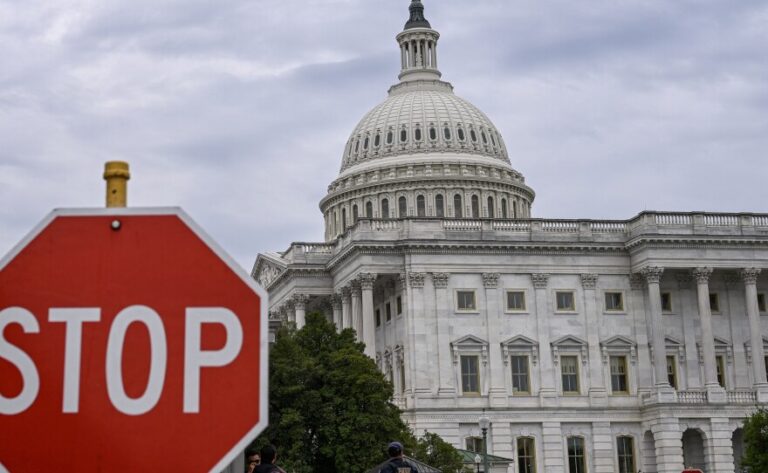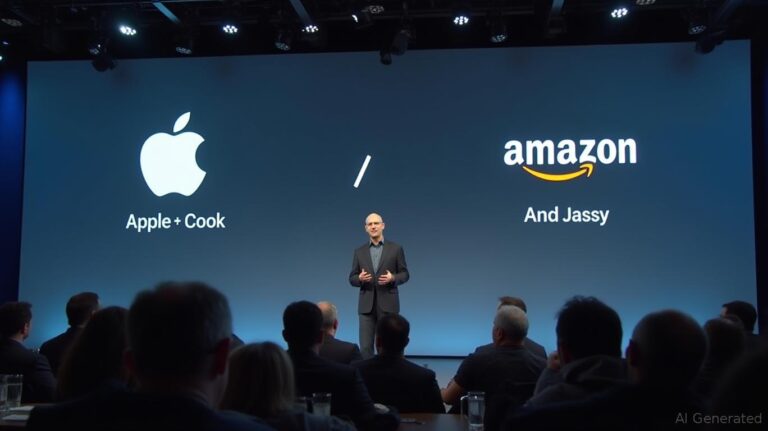Imagine waking up to find your favorite app just… gone. That’s exactly what happened to 170 million Americans when TikTok went dark on January 19, 2025. But in a plot twist worthy of a viral video, the app’s biggest former critic became its unlikely savior – Donald Trump swooped in with a promise to restore America’s favorite scroll-inducing addiction.
The 24-hour rollercoaster that followed wasn’t just about dance challenges and cooking tutorials going dark. It became a fascinating case study of political theater, economic impact, and the delicate dance between national security and digital rights in our increasingly connected world.
Timeline of TikTok’s US Shutdown and Return
After months of back-and-forth, TikTok went dark across the United States on January 19, 2025. Users opening the app found a simple message: “TikTok is not available right now.” The shutdown came as part of a federal law requiring ByteDance, TikTok’s parent company, to cut ties with the platform.
But the story took an unexpected turn. Just hours after the shutdown, President-elect Trump stepped in, announcing plans for an executive order to keep the app running. Through a post on Truth Social, he called for companies to maintain TikTok’s operations, citing the upcoming inauguration as a key event Americans shouldn’t miss.
TikTok quickly responded by working with service providers to bring the platform back online. The company thanked Trump for clarifying that service providers wouldn’t face penalties for keeping TikTok available to its 170 million American users and 7 million small businesses.
While the app came back to life for existing users, it stayed unavailable on Apple’s App Store and Google Play. The temporary fix bought time for a potential long-term solution, with Trump suggesting a joint venture giving the U.S. a 50% ownership stake. However, Republican Senators Tom Cotton and Pete Ricketts pushed back, stating there was “no legal basis” for extending the ban beyond January 19th.
Political Impacts
The TikTok saga brought together unlikely political allies. Congress showed strong bipartisan backing for the ban, with both Democrats and Republicans citing national security worries about ByteDance’s Chinese ownership.
Trump’s position on TikTok did a complete 180-degree turn. After pushing for a ban during his first term, he emerged as the app’s unexpected defender, promising to shield service providers from penalties. TikTok says it’s restoring service after Chew publicly thanked Trump, planning to attend his inauguration and praising his support for free speech.
Meanwhile, the Biden administration took a hands-off approach. Though Biden signed the original ban into law as part of a broader foreign aid package, his team made it clear they wouldn’t enforce the shutdown themselves. Instead, they passed that responsibility to Trump’s incoming administration.
Is TikTok back online became the key question as political maneuvering left many Americans scratching their heads. Some lawmakers, like Senator Rand Paul, protested by joining TikTok as an act of “civil disobedience.” Others, including Rep. Thomas Massie, raised concerns about enforcing the ban against U.S. citizens. The debate sparked broader questions about government control over social media and the balance between national security and digital rights.
Economic Impacts
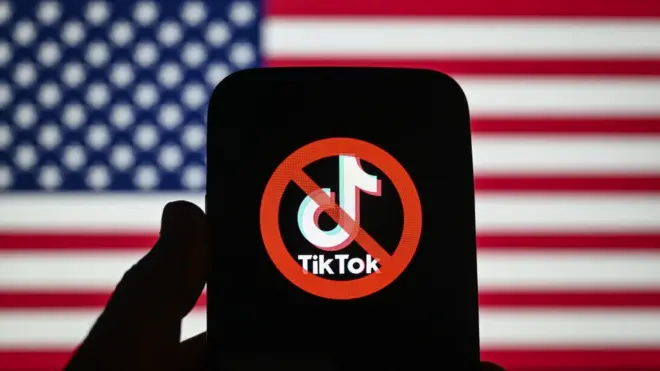
The temporary TikTok shutdown sent ripples through the American digital economy. Content creators, who built their livelihoods on the platform, faced sudden income disruption. Small business owners – from local boutiques to online coaching services – lost access to their primary marketing channel overnight.
Tech giants weren’t immune either. TikTok is coming back online under Oracle’s hosting, as the company walked a tightrope between legal compliance and client obligations. Apple and Google pulled TikTok from their app stores, risking potential fines of $5,000 per user if they continued distribution.
The financial stakes keep climbing. Several buyers have shown interest in TikTok’s U.S. operations, including artificial intelligence startup Perplexity AI. Even social media personalities like Mr. Beast got mentioned in acquisition talks. But ByteDance faces strict limits – U.S. law caps foreign ownership at 20%, complicating Trump’s proposed 50-50 joint venture plan.
The app’s 170 million American users represent massive economic potential. But with ByteDance required to sell, potential buyers must weigh TikTok’s market value against political pressures and regulatory hurdles. Companies like Amazon, Microsoft, and Meta watch from the sidelines, knowing whoever snags TikTok could reshape social media’s competitive landscape.
Perspectives and Reactions
TikTok’s sudden shutdown and quick return sparked mixed reactions across America. Tennis star Coco Gauff captured the mood when she wrote “RIP TikTok USA” on a courtside camera after her win against Belinda Bencic – a moment that went viral on other social platforms while TikTok goes dark.
On social media, users split into camps. Trump supporters praised his intervention as a win for free speech, while critics called it political theater. Former Congressman Justin Amash warned the situation went beyond TikTok, calling the law “a weapon against people who don’t play ball with the U.S. government.”
Small business owners felt the whiplash. “My entire marketing strategy runs through TikTok,” said Sarah Chen, a New York boutique owner. “Even a day offline costs us real money.” Content creators scrambled to direct followers to backup platforms, though many reported losing significant engagement during the transition.
Chinese commentators framed the ban as American suppression of internet freedom. Hu Xijin, a prominent political voice in China, called it “the darkest moment in the development of the internet.” Meanwhile, U.S. tech workers questioned the ban’s effectiveness. “Anyone with a VPN could still access TikTok,” noted James Miller, a Silicon Valley software engineer. “This feels more like politics than security.”
Future Implications
TikTok’s roller-coaster ride through the U.S. political system points to bigger changes ahead for social media regulation. Trump’s proposed 90-day extension offers breathing room, but ByteDance still faces tough choices. They’ll need to either sell TikTok’s U.S. operations or structure a joint venture that keeps Chinese ownership under 20% – well below Trump’s suggested 50-50 split.
The situation creates a template for how governments might handle foreign-owned apps. Other countries are watching closely, with several European nations considering similar measures. TikTok is coming back online for now, but social media platforms worldwide may need to adjust their ownership structures or face regional shutdowns.
For U.S. tech policy, the TikTok case sets new standards. Congress showed it’s willing to force divestitures over national security concerns, even for hugely popular apps. This might make Chinese tech companies think twice before entering the U.S. market, while pushing American tech giants to examine their own ties with China.
The path forward isn’t clear. Even if TikTok finds a U.S. buyer, questions remain about data security, content moderation, and algorithm control. The platform’s fate could shape how social media operates globally, testing the limits between national security interests and digital connectivity in an increasingly fractured online world.
Legal and Regulatory Framework
The Supreme Court backed the TikTok ban with a unanimous ruling, putting national security ahead of First Amendment concerns. Their decision gave weight to worries about user data collection and content manipulation by Chinese authorities – though no public proof of these claims surfaced.
TikTok fought back through legal channels, challenging the ban on constitutional grounds. But courts consistently sided with the government’s position that ByteDance must sell its U.S. operations. The law set strict limits: foreign ownership can’t top 20%, making Trump’s suggested 50-50 split impossible without changing legislation.
The rules hit tech companies hard. App stores faced potential fines of $5,000 per user for keeping TikTok available. This pushed Apple and Google to pull the app, though existing installations kept working. Internet providers walked a thin line between following the law and keeping services running.
State-level actions added another layer of complexity. Many states banned TikTok on government devices before the federal law kicked in. These restrictions created a patchwork of rules that complicated compliance for businesses operating across state lines.
The ban’s enforcement mechanics raised practical questions. Rep. Thomas Massie pointed out that going after U.S. citizens for using TikTok would be problematic. This highlighted a key issue: while the law targeted companies providing TikTok services, it didn’t make using the app illegal for everyday Americans.
The Final Take
The great TikTok shutdown of 2025 lasted less than a day, but its implications will echo for years. What started as a straightforward ban morphed into a complex web of political maneuvering, economic consequences, and constitutional questions that touch the very heart of how we regulate technology in a globalized world.
As the dust settles, one thing becomes clear: the TikTok saga isn’t just about one app’s fate – it’s a preview of the challenges ahead as nations grapple with the intersection of social media, national security, and digital sovereignty. The next chapter in this story might just rewrite the rules of the internet age.

